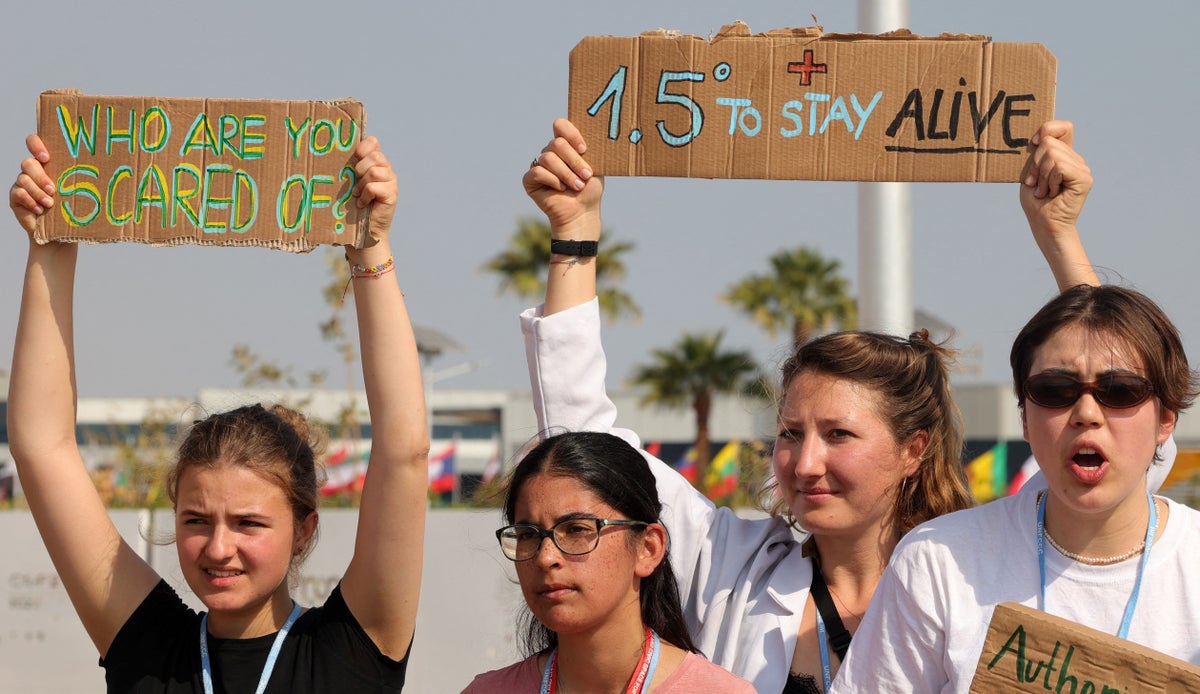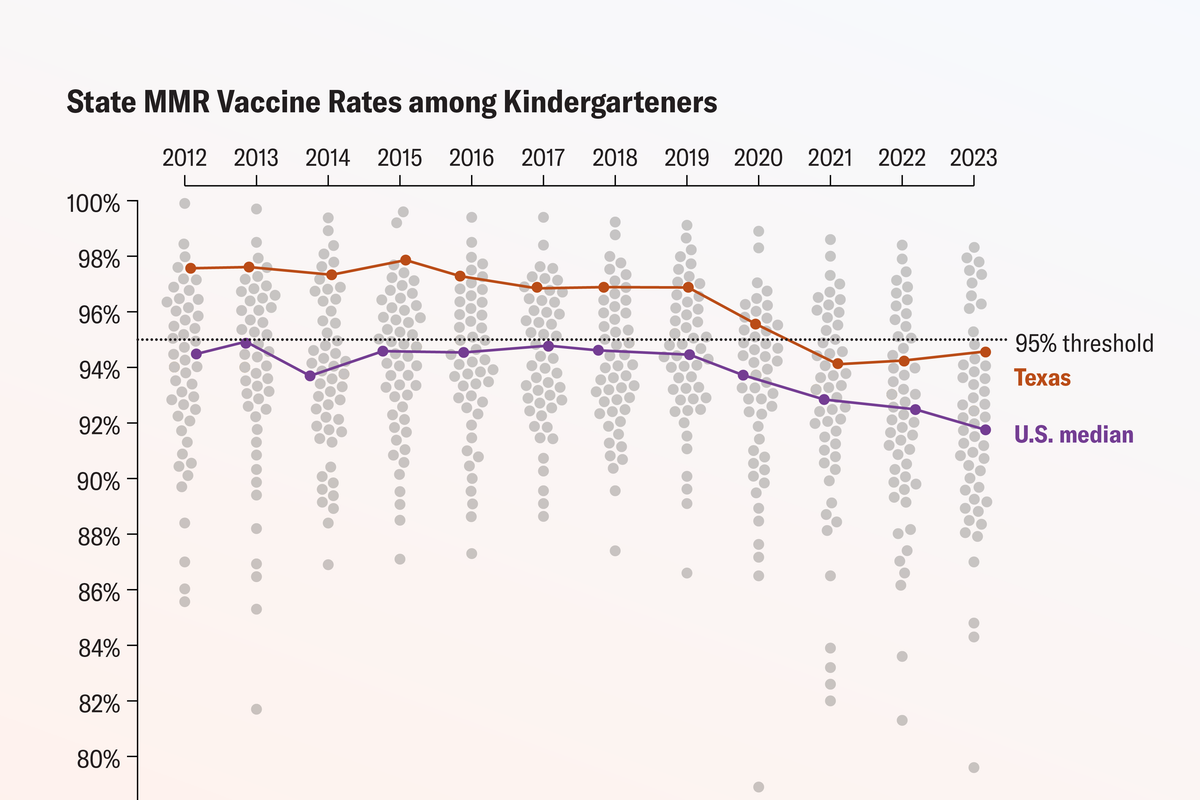Now Reading: How Close Are We to 1.5°C Warming? Climate Scientists Weigh In
-
01
How Close Are We to 1.5°C Warming? Climate Scientists Weigh In
How Close Are We to 1.5°C Warming? Climate Scientists Weigh In

Speedy Summary
- Climate scientists are striving to develop a unified method to track when the world surpasses the 1.5°C threshold set by the Paris Agreement.
- the current global warming is estimated between 1.34°C and 1.41°C above pre-industrial levels, based on a report by the World Meteorological Institution (WMO).
- Ther is no agreed-upon metric for measuring when the world reaches 1.5°C, even though it’s generally meant as a long-term average relative to pre-industrial times (1850-1900).
- The Intergovernmental Panel on Climate Change currently uses 20-year averages for calculating future warming, which delays real-time assessments of warming milestones.
- WMO experts are working on narrowing uncertainties through newer methodologies that combine observed data from past decades and future projections. One preliminary method estimates an annual mean global temperature in 2024 may reach as high as 1.55°C above pre-industrial levels but notes single-year breaches don’t invalidate Paris goals entirely.
- Richard Betts from Met Office cautions against inconsistent definitions of reaching this threshold, emphasizing its influence on policy or public action.
- WMO Secretary-General Celeste Saulo highlights that nearing or crossing this mark indicates increased risks to lives, economies, and ecosystems globally.
Indian Opinion Analysis
The ongoing challenge of identifying when global temperatures formally cross the critical threshold of 1.5°C has meaningful implications for India, one of the most climate-vulnerable nations globally due to its vast population density and reliance on climate-sensitive agriculture systems like monsoons. While tools being developed by international agencies such as WMO can improve precision in defining these milestones, clear metrics are critically important not just globally but specifically for countries like India were governmental policies-such as disaster preparedness strategies-depend heavily on accurate forecasts.
India faces dual dilemmas: ensuring domestic economic growth while meeting international commitments toward emissions reductions under frameworks such as COP summits informed by thresholds like these new metrics discussed here indirectly suggest if..balancing-call clearer baselines lessen adaptive costly !!

























